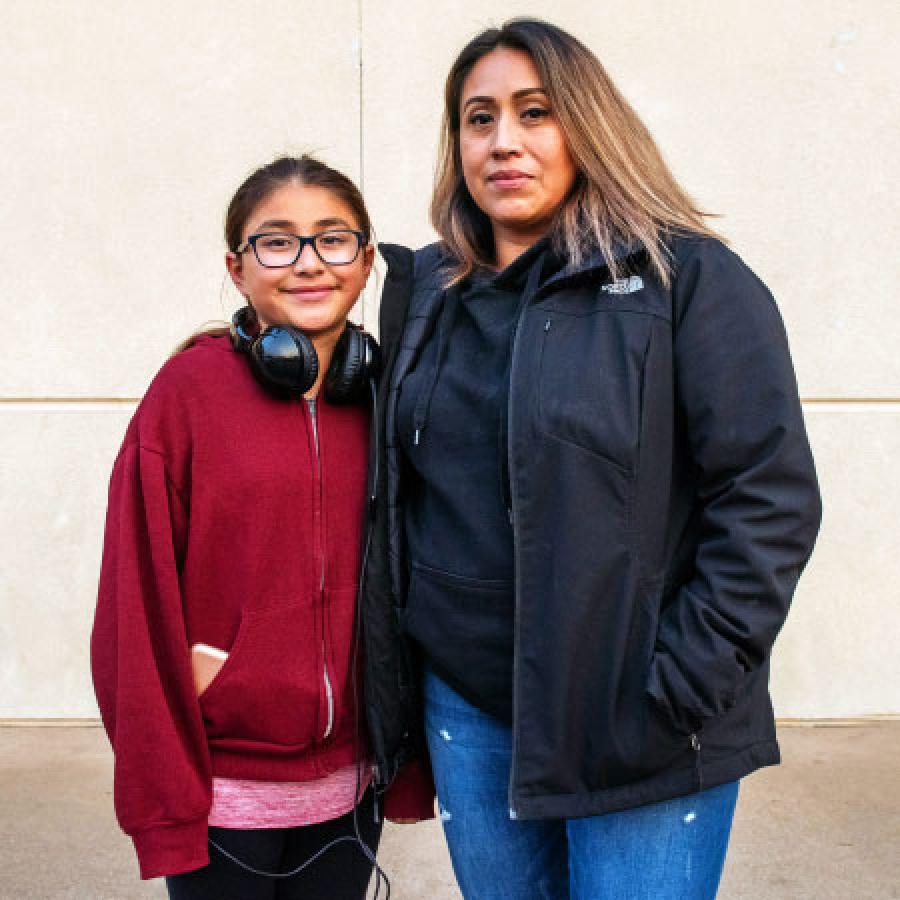Nativity and ancestry: Immigrant inclusion is integral to cultural and economic vitality.
Insights & Analyses
- The share of white people born in the US has decreased since 1990. This demographic shift has been most observable in states like California and Texas. Both states shifted from majority white, US-born to majority immigrant and US-born people of color since 1990.
- States such as California, Florida, and New York have had large increases in their immigrant populations since 1990. Comparatively, states such as Idaho and Wyoming have remained majority white and US-born.
- The majority of Asian Americans are immigrants while the majority of Latinx people are US-born.
Drivers of Inequity
While the United States is often described as a nation of immigrants, attitudes toward immigrants have fluctuated over time and have consistently favored white and European-born migrants. During the first half of the 20th century, the United States relied on a national-origins system that favored Northwestern Europeans and barred Asians through explicitly racist policies. In 1965, Congress enacted policy changes meant to unite immigrant families and attract skilled labor, leading to more immigration from Asia and Latin America. These later demographic patterns remain true today. Under President Trump, several policy changes -- including increased militarization of the border and the "travel ban" against seven Muslim-majority countries -- contributed to decreased immigration rates over the 2010s. However, immigration rates have risen sharply since 2020, largely driven by Latin American migrants. At the same time, polling suggests that a larger subset of US residents harbor anti-immigrant sentiments.
Strategies
Grow an equitable economy: Policies to leverage diversity as an asset
- Foster racial inclusion in governance.
- Build multiracial alliances, coalitions, and movements to advance policy change, including pro-immigrant policies.
- Dismantle barriers and build pathways to economic opportunity for boys and men of color.
- Include immigrants by ensuring access to health care, driver's licenses, in-state tuition, and municipal ID cards regardless of immigration status.
- Enact strong language access policies requiring interpretation and translation services for English-language learners and facilitate naturalization among green-card holders.
Limit the participation of local law enforcement with Immigration and Customs Enforcement and support community-led alternatives to policing and invest-divest strategies in communities of color.
- Strengthen democracy by increasing participation of marginalized groups, expanding voting rights (and preventing rollback), and building leadership development pipelines.
- At the federal level, eliminate the Immigration Custom Enforcement Agency and create a more accountable and humane border patrol program, close all immigration detention facilities, streamline the naturalization process, expand protections for Deferred Action for Childhood Arrivals, Temporary Protection Status, and Deferred Enforced Departure recipients, and enact all-mail elections, automatic voter registration, and extended voting periods.
Strategy in Action
The San Francisco Office of Civic Engagement and Immigrant Affairs (SFOCEIA) works with service providers to address immigrant needs. SFOCEIA provides several key services in order to foster immigrant inclusion including language services, immigrant rights, and community safety and engagement. The agency hosts the DreamSF Fellowship program, which places immigrant youth at local non-profits to gain professional experience, while receiving a monthly stipend. The fellowship has had over 160 fellows and supported work at over 50 organizations. The fellowship also initiated the SF Pathways to Citizenship Initiative, which provides grants to immigrant-serving organizations to help with legal services, naturalization efforts, language access and other needs. Read More.
Photo: DreamSF Fellowship website

Resources
- Reports: Promising Practices and Lessons from Local Communities; Providing Identification to Unauthorized Immigrants; The American Dream and Promise Act of 2019: State-by-State Fact Sheets; Inside the Numbers: How Immigration Shapes Asian American and Pacific Islander Communities
- Data: California Immigrant Data Portal; Latino Data Hub; DiversityDataKids.org; Frequently Requested Statistics on Immigrants and Immigration in the United States; NAE Cities Index; Estimated Number of Immigrant Youth Eligible for Permanent Legal Status Under the American Dream and Promise Act of 2019; AAPI Data; Profile: Asian Americans


